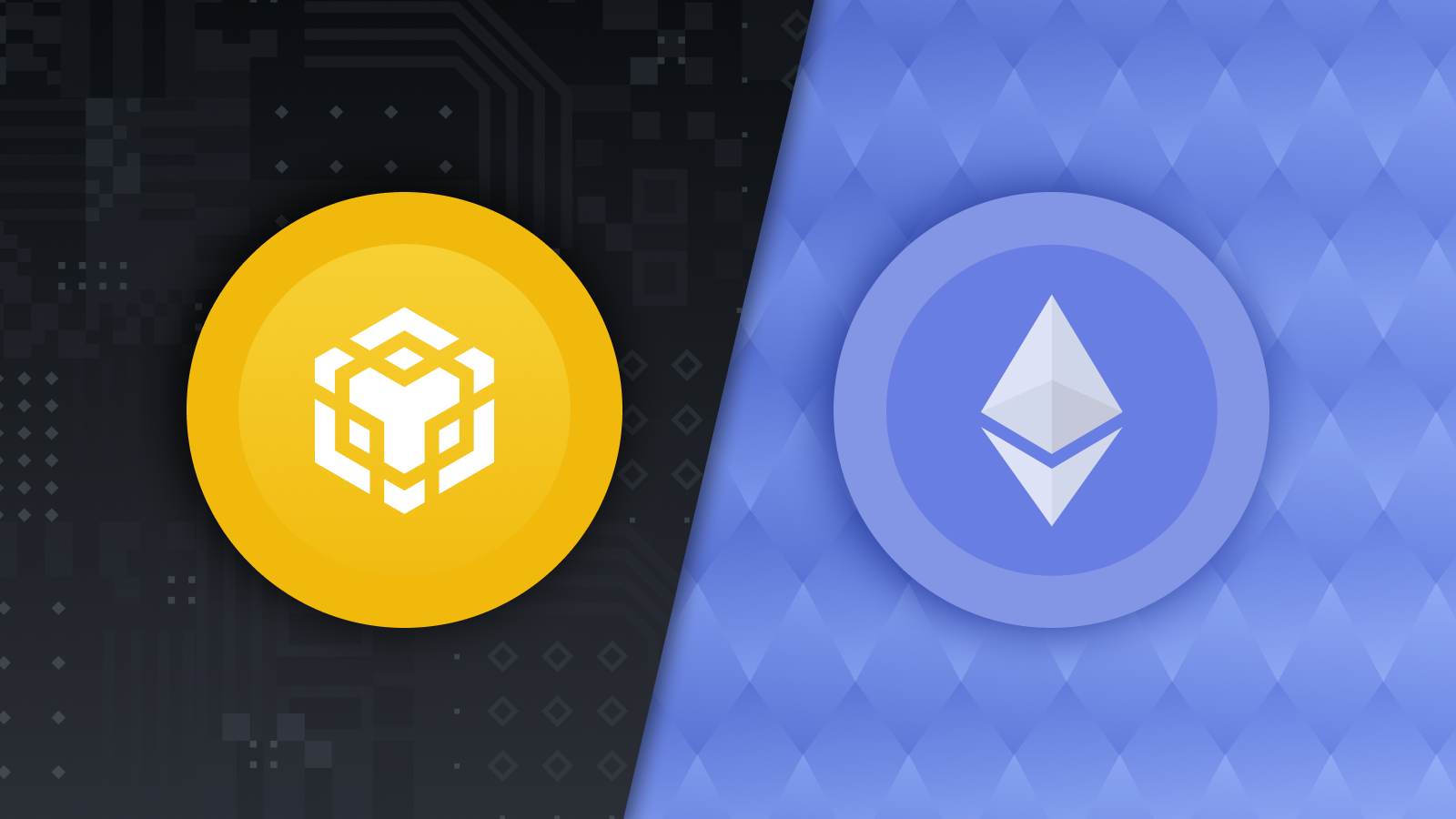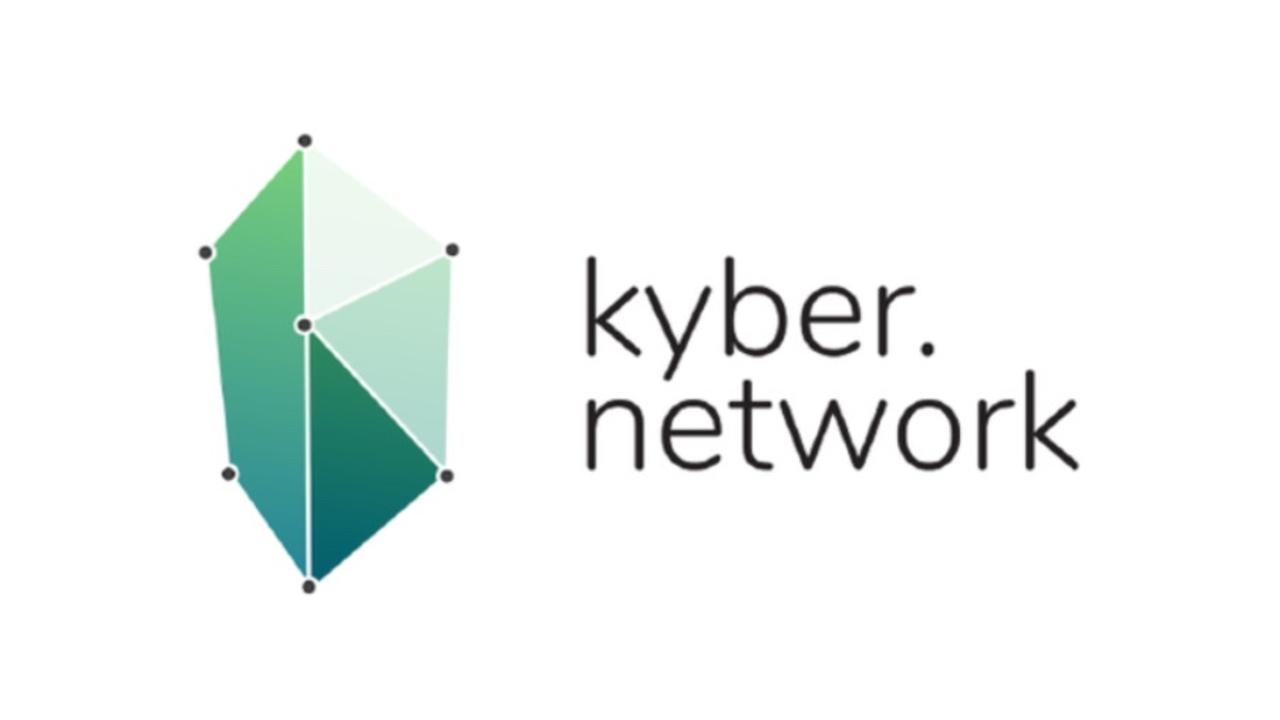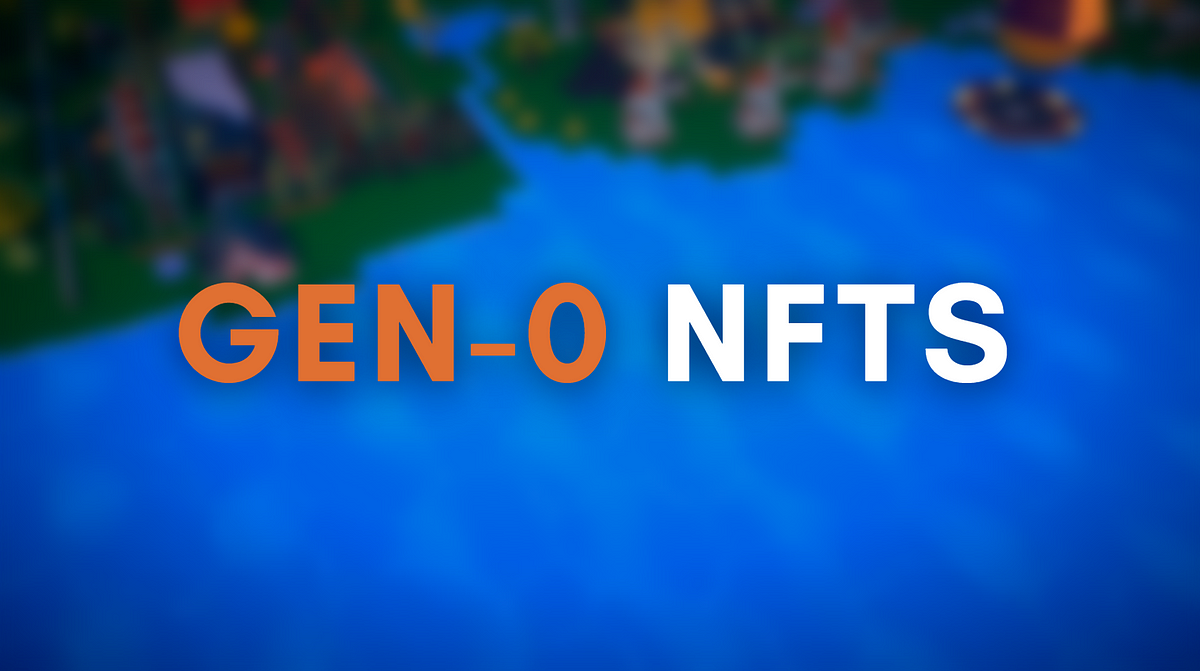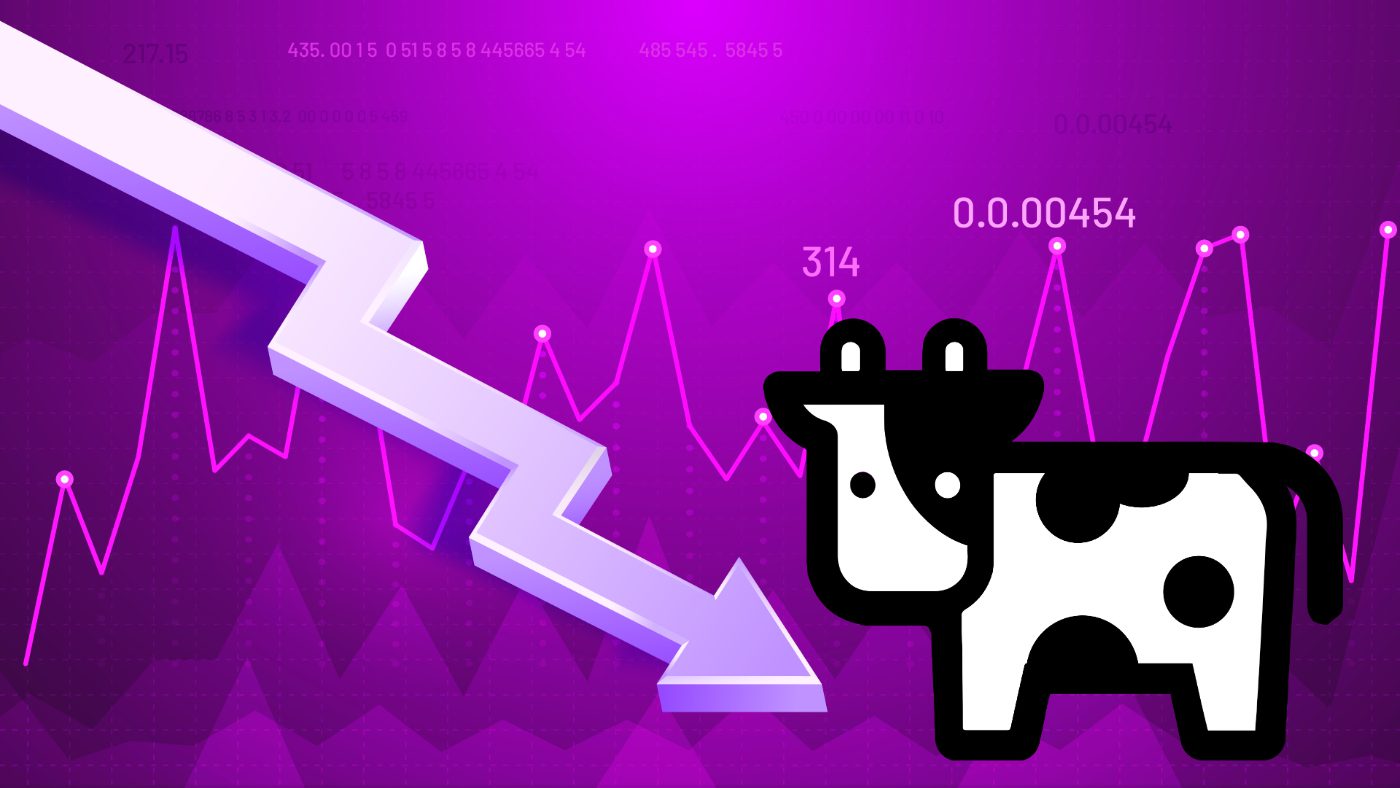In the ever-evolving world of decentralized finance (DeFi), the ability to move assets seamlessly between various blockchains has become a critical skill for investors and enthusiasts. DeFi, short for decentralized finance, has rapidly gained popularity in recent years, offering a wide range of financial services through blockchain technology. As DeFi apps and platforms continue to proliferate, understanding how to move Asset Transfer between Ethereum, BSC (Binance Smart Chain), and Polygon is essential for those seeking to maximize their DeFi cryptocurrency investments.
Understanding the DeFi Ecosystem
DeFi is a groundbreaking concept that enables individuals to access financial services without relying on traditional banks. This innovative space is built on blockchain technology, which ensures transparency, security, and decentralization. DeFi apps, short for decentralized finance applications, play a pivotal role in this ecosystem. These apps offer various financial services, such as lending, borrowing, staking, yield farming, and more.
Navigating DeFi Platforms
To effectively move assets between Ethereum, BSC, and Polygon, it is crucial to familiarize yourself with the top DeFi platforms on each blockchain. Ethereum, as the pioneer of DeFi, hosts a multitude of DeFi apps and platforms. Some of the top DeFi platforms on Ethereum include Aave, Compound, and MakerDAO. Each of these platforms provides unique services, such as decentralized lending, borrowing, and stablecoin issuance.
BSC, on the other hand, is the DeFi ecosystem native to Binance Smart Chain. PancakeSwap, Venus, and BakerySwap are notable DeFi platforms on BSC. These platforms cater to DeFi enthusiasts with lower transaction fees and faster confirmation times compared to Ethereum.
Meanwhile, Polygon, previously known as Matic Network, is renowned for its scalability and interoperability. DeFi platforms like Aavegotchi, QuickSwap, and SushiSwap operate on Polygon, offering users a faster and cost-effective DeFi experience.
How to Move Assets Between Ethereum, BSC, and Polygon
Moving assets between these blockchains is a straightforward process. To begin, you’ll need assets on the source blockchain (e.g., Ethereum) and a wallet that supports the destination blockchain (e.g., BSC or Polygon). Consider using wallets like MetaMask or Trust Wallet, which are compatible with multiple blockchains.
The first step involves transferring your assets from your source blockchain to the desired blockchain. Let’s say you want to move your assets from Ethereum to BSC. You can achieve this by using a bridge or a decentralized exchange (DEX) like PancakeSwap. Simply connect your wallet, select the asset you want to transfer, and follow the instructions.
Understanding the Role of Wrapped Tokens
In some cases, you may encounter wrapped tokens during the transfer process. Wrapped tokens are representations of assets from one blockchain on another. For example, Wrapped Ethereum (WETH) represents Ethereum on BSC. To move your assets between blockchains, you’ll need to wrap them on the source blockchain and unwrap them on the destination blockchain.
Choosing the Right Bridge
The choice of bridge can impact the speed and cost of your asset transfer. Various bridges facilitate cross-chain transfers, such as the Binance Bridge for Ethereum to BSC and the Polygon Bridge for Ethereum to Polygon. These bridges ensure compatibility and facilitate seamless asset transfers.
Exploring Upcoming DeFi Projects
The DeFi space is constantly evolving, with upcoming DeFi projects promising new and innovative solutions. It’s essential to stay informed about these projects to make the most of your DeFi investments. Projects like these often introduce unique assets and opportunities.
One such project is ProjectX, which aims to revolutionize the DeFi landscape by offering a comprehensive DeFi ecosystem that bridges multiple blockchains, making asset transfer and management even more convenient. Keep an eye on these emerging projects, as they have the potential to shape the future of DeFi.
Diversifying Your DeFi Portfolio
Diversification is a key strategy in the DeFi space. By spreading your assets across various DeFi platforms on different blockchains, you can minimize risk and maximize potential returns. Each blockchain has its strengths and weaknesses, and different DeFi platforms offer distinct services and opportunities.
For example, Ethereum’s established DeFi ecosystem is home to many lending and borrowing platforms, making it an excellent choice for those seeking stable returns. BSC, on the other hand, is ideal for yield farming due to its low transaction fees. Polygon excels in providing fast and cost-effective DeFi solutions.
Securing Your Investments
As you move assets between blockchains, security is of utmost importance. Always exercise caution and use secure wallets and platforms for your transactions. Additionally, be aware of potential scams and fraud in the DeFi space. Verify the legitimacy of the platforms and projects you interact with and never share your private keys or sensitive information.
In the dynamic world of DeFi, the ability to move assets between Ethereum, BSC, and Polygon is a valuable skill that can help you take full advantage of the diverse opportunities presented by these blockchain ecosystems. Understanding the top DeFi platforms on each blockchain, choosing the right bridge, and staying informed about upcoming DeFi projects are essential steps in your journey. Diversify your DeFi portfolio wisely, and always prioritize security. By following this guide, you can navigate the decentralized finance landscape with confidence and make the most of your DeFi investments.




